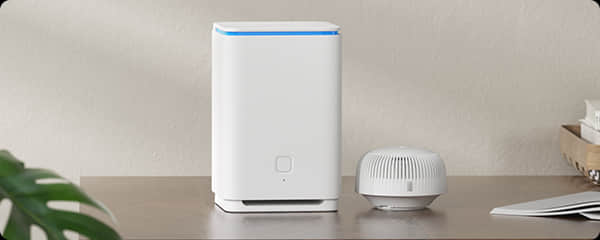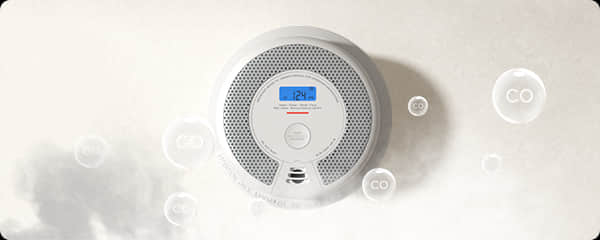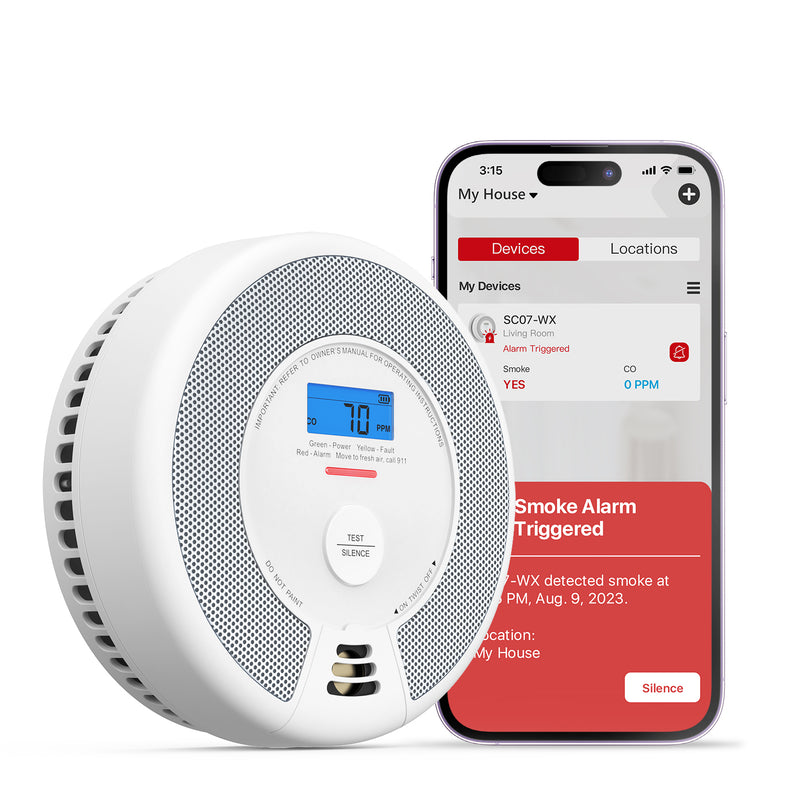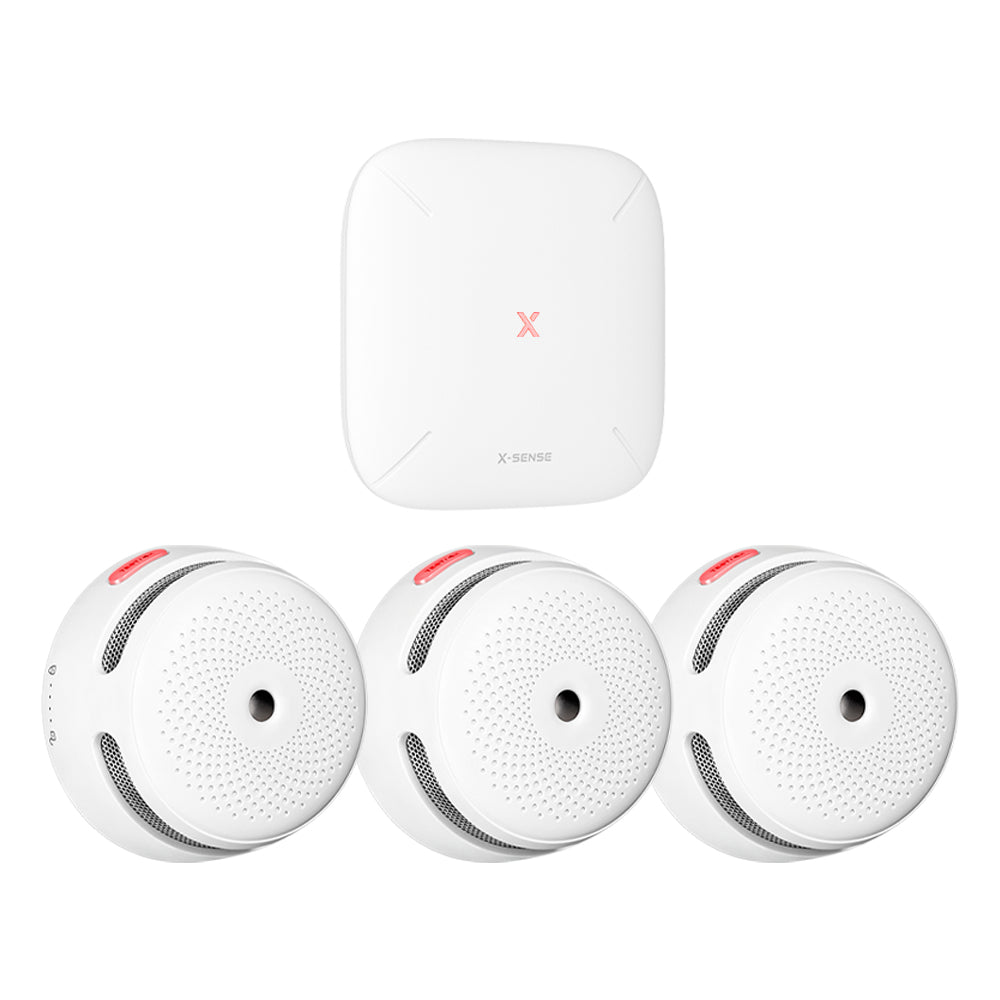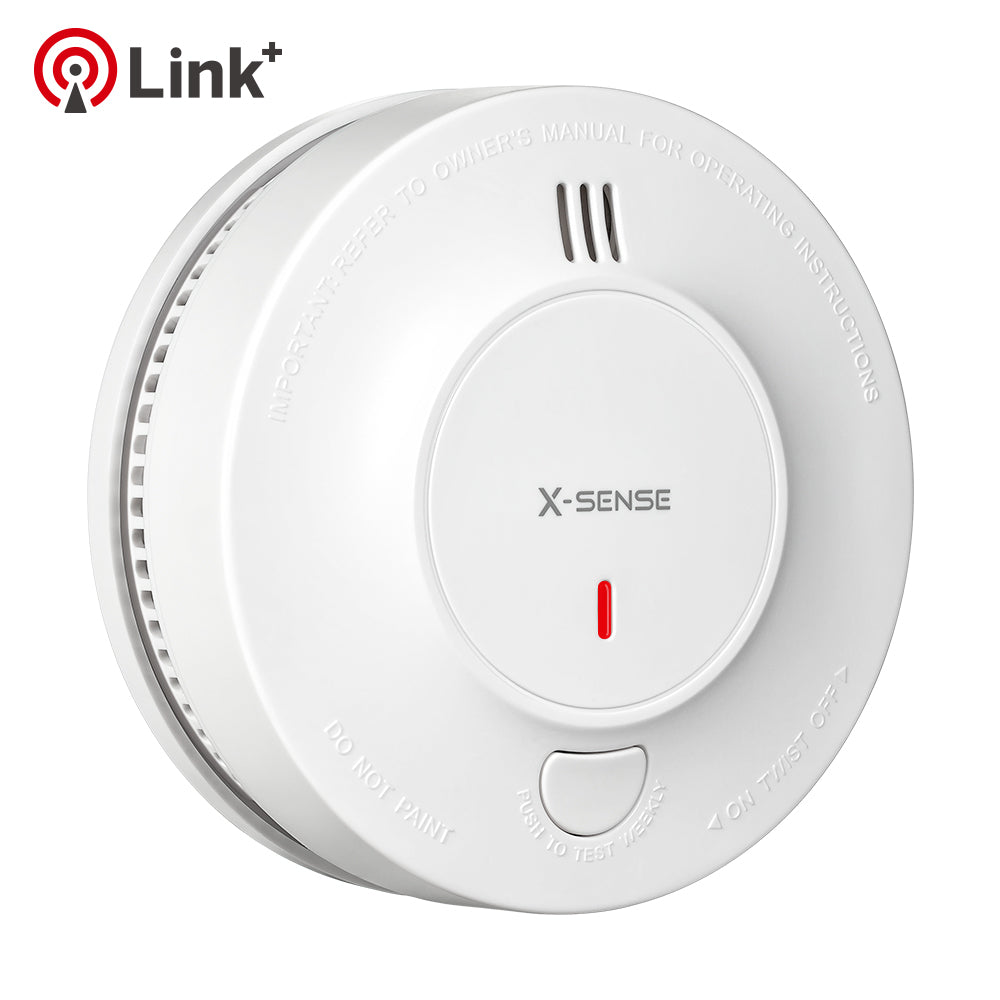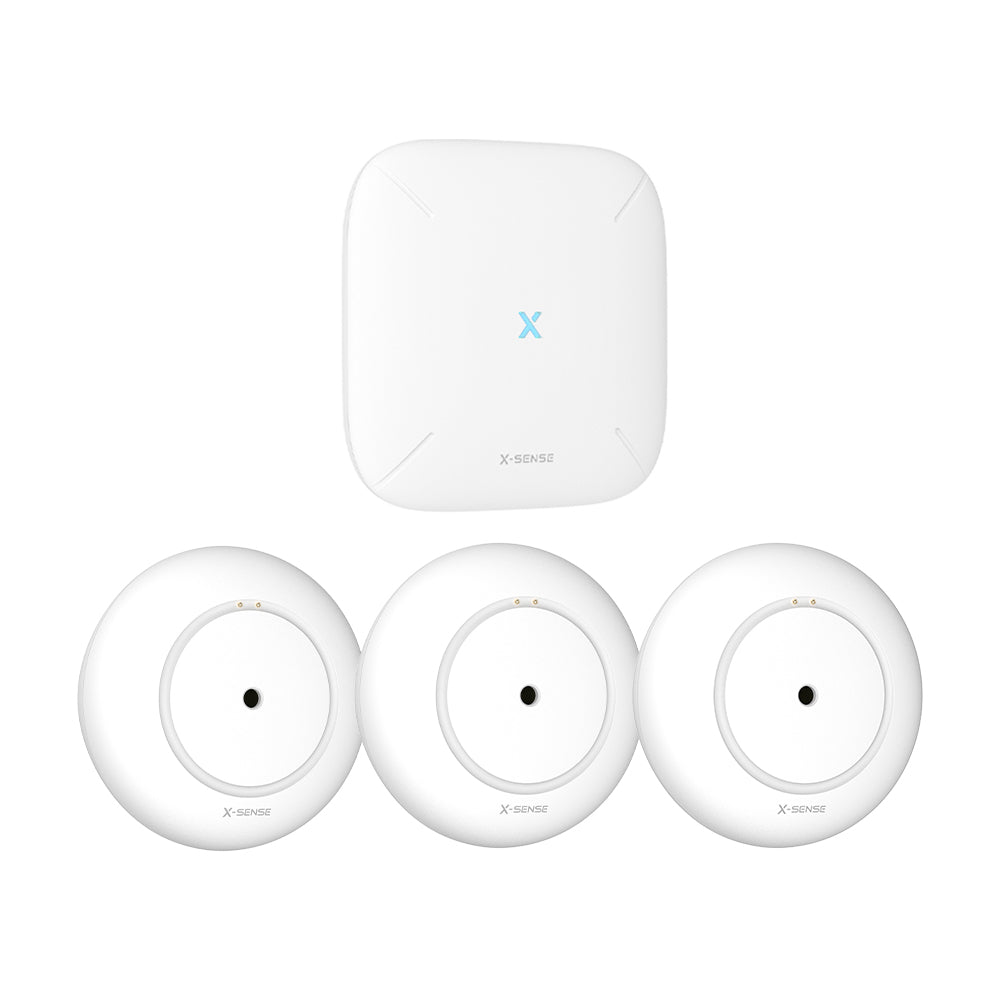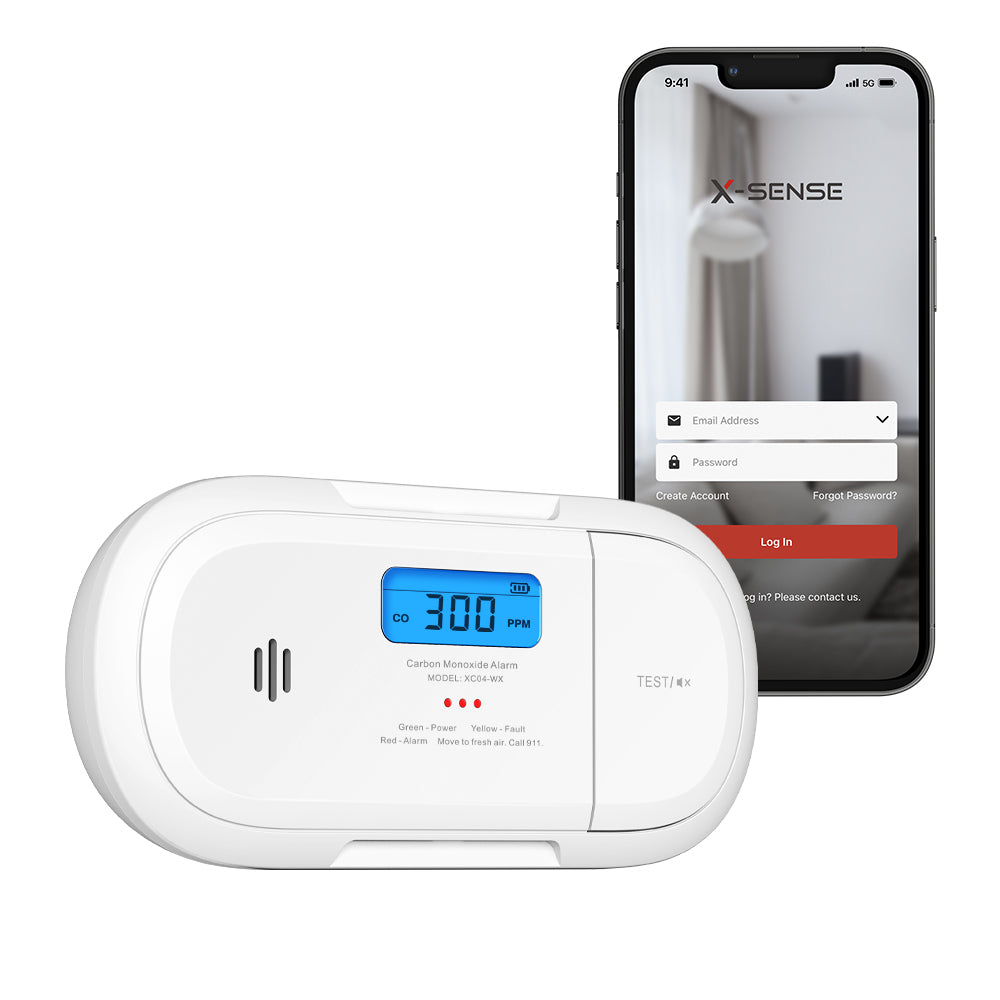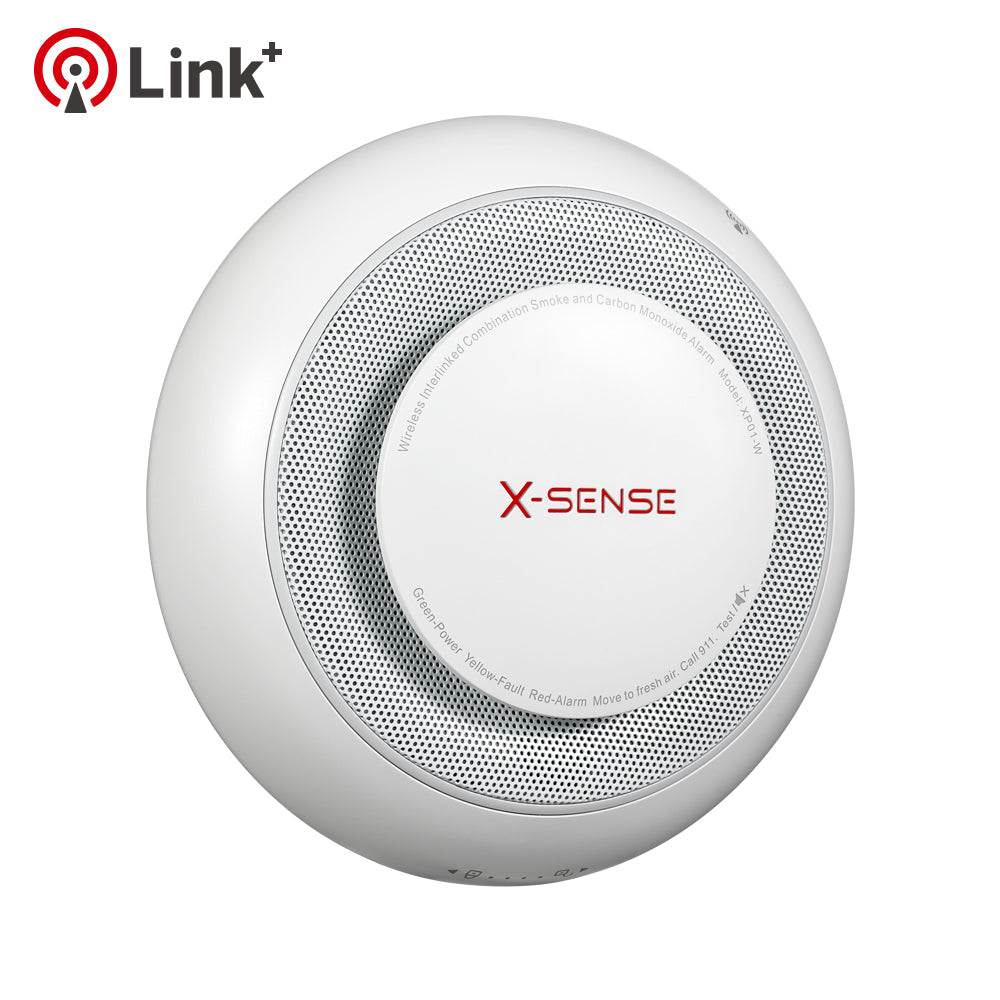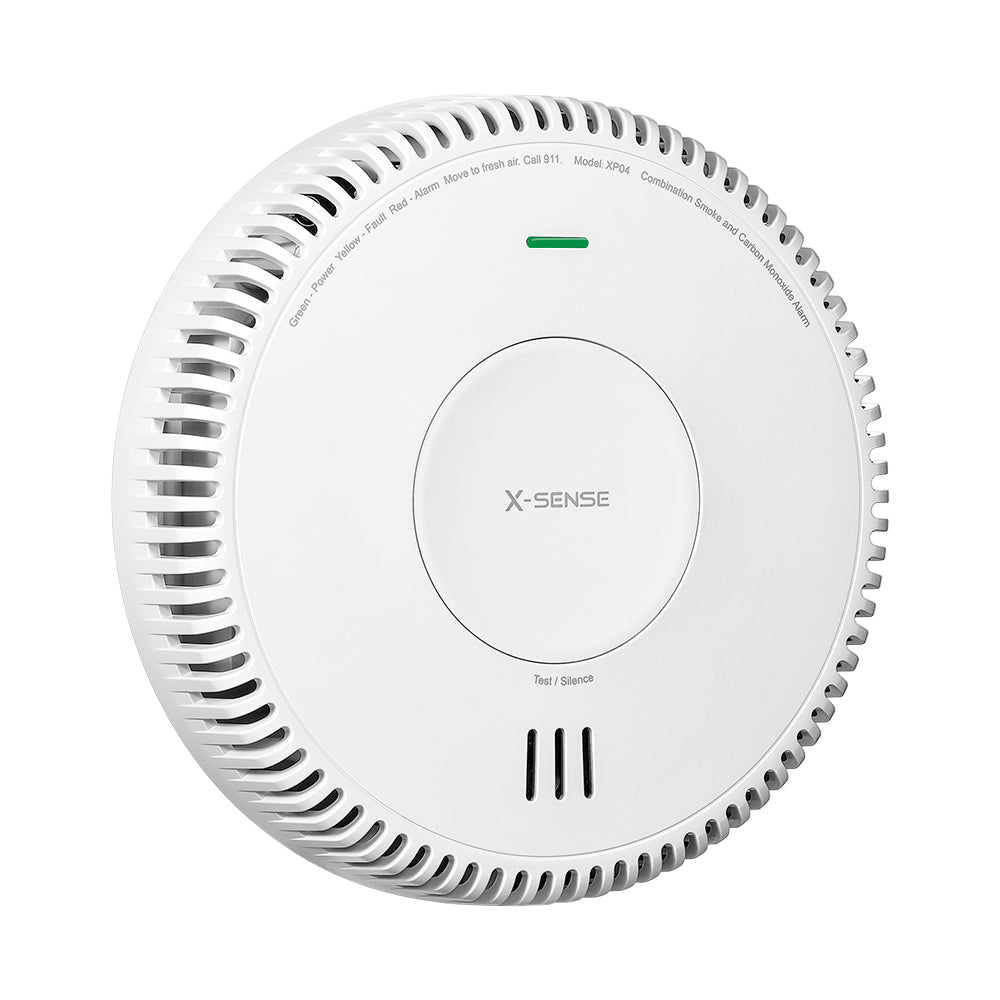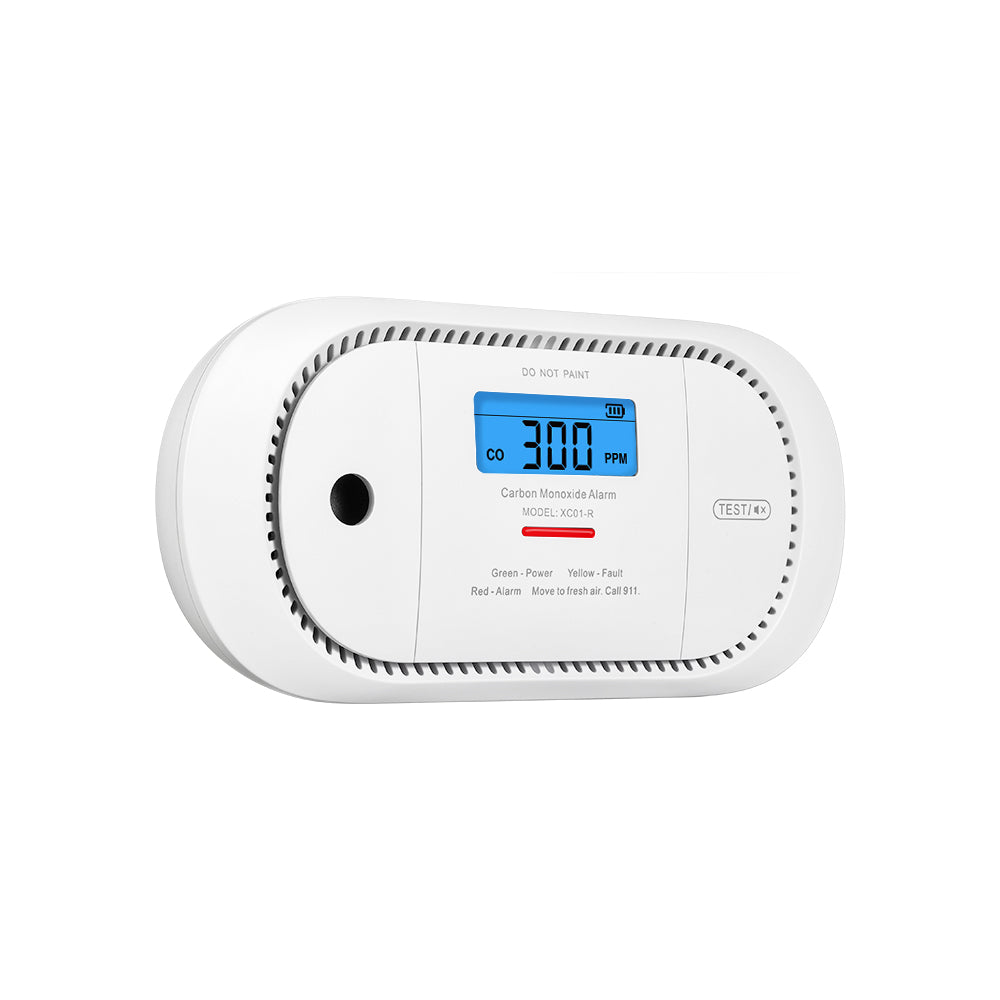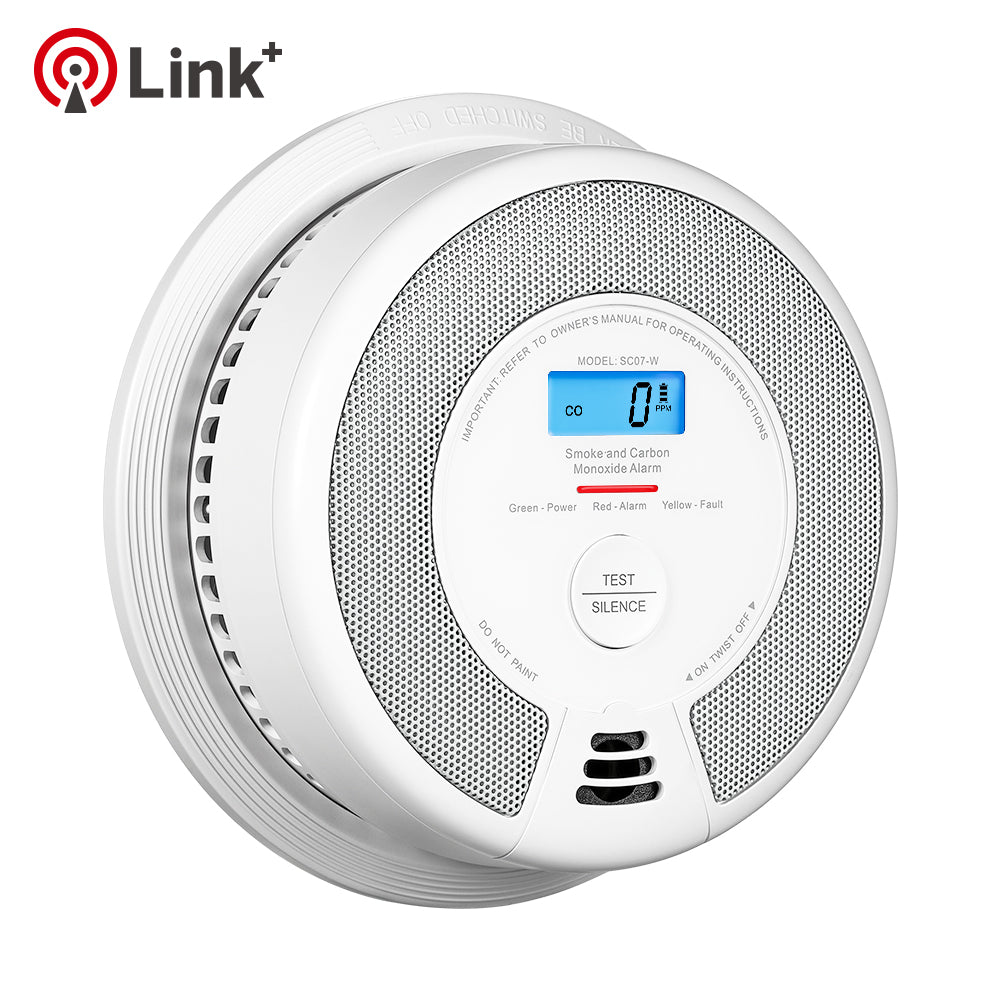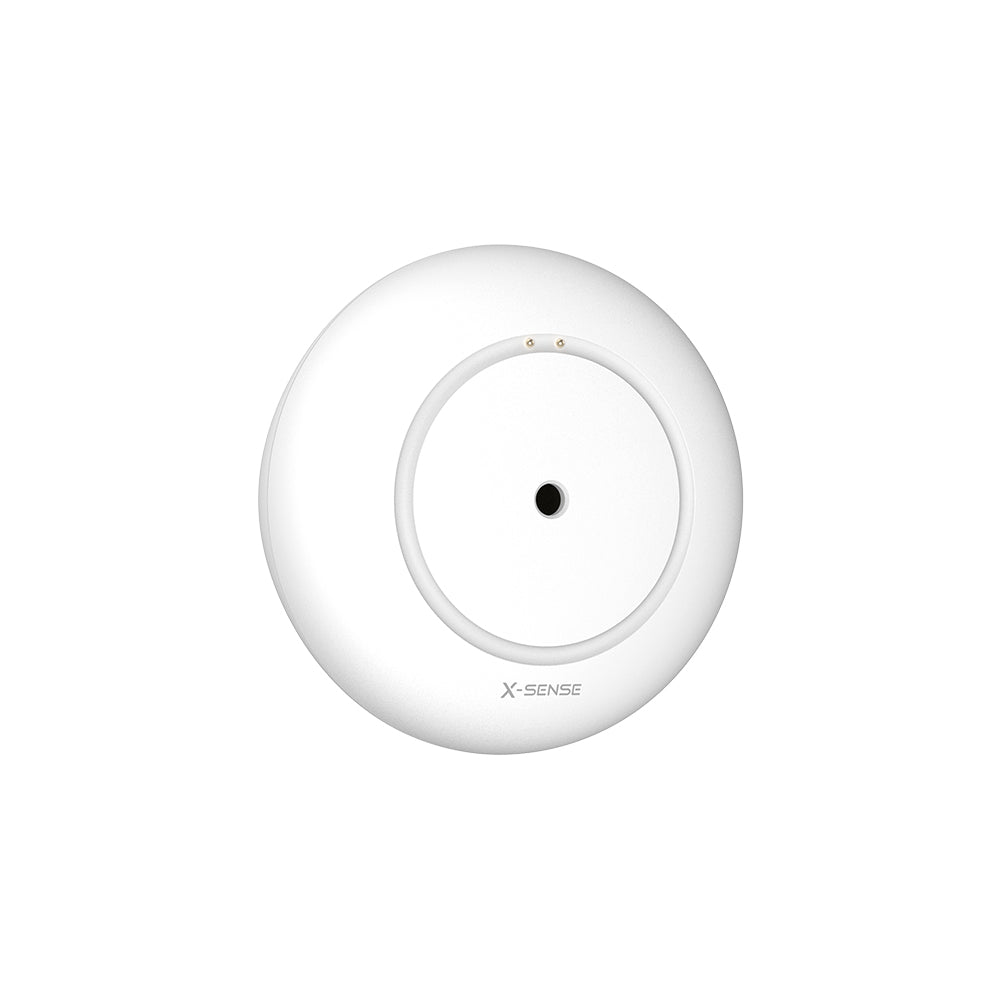The Ultimate Guide to Maintaining Your Smoke and CO Detectors to Ensure Home Safety
Mon, Apr 22, 2024
Introduction
Smoke and carbon monoxide (CO) detectors are essential devices that help protect your home and family from potential fire and gas hazards. However, simply installing these detectors is not enough. Regular maintenance is crucial to ensure that they are functioning correctly and providing the necessary protection. In this ultimate guide, we will discuss the importance of maintaining your smoke and CO detectors and provide you with a comprehensive checklist to help you keep your home safe.
Table of Contents
- The Importance of Smoke and CO Detector Maintenance
- How Often Should You Test Your Detectors?
- Cleaning Your Smoke and CO Detectors
- Replacing Batteries
- Understanding Alarm Sounds
- Frequently Asked Questions (FAQs)
- Conclusion
The Importance of Smoke and CO Detector Maintenance
Regular maintenance of your smoke and CO detectors is crucial for several reasons. Firstly, it ensures that the detectors are in proper working condition, ready to detect any potential fire or gas hazards. Secondly, it helps prevent false alarms, which can be disruptive and lead to complacency if they occur frequently. Lastly, proper maintenance extends the lifespan of the detectors, saving you money in the long run.
How Often Should You Test Your Detectors?
Regular testing of your smoke and CO detectors is essential for ensuring they function properly and can alert you to emergencies. The National Fire Protection Association (NFPA) recommends testing these detectors monthly, a process that only takes a few minutes but greatly enhances the safety of your home. For those in higher-risk areas, or for added assurance, X-Sense recommends to consider testing weekly. It's also important to test the detectors after any extended absence from your home, like vacations or long trips.
Always follow your detector's manufacturer instructions for specific testing guidelines.
Cleaning Your Smoke and CO Detectors
Regular cleaning of your smoke and CO detectors is essential to ensure their optimal performance. Dust, dirt, and debris can accumulate over time and interfere with the sensors, leading to false alarms or reduced sensitivity.
Under normal circumstances, X-Sense users can simply wipe the dust off the surface of the detector and use a hairdryer set to cool to blow through the metal mesh on the side of the detector to remove internal dust. For thorough Cleaning, it's recommended to refer to your detector's manufacturer instructions
Replacing Batteries
It's important to note that not all detectors have replaceable batteries; some models are sealed and designed to last for the life of the detector. For smoke and CO detectors with replacable batteries, replacing batteries is a critical maintenance task. Dead or low batteries can compromise the detectors' functionality and put your home at risk. Follow these steps to replace the batteries:
- Turn off the power to the detectors by disconnecting them from their power source or removing the existing batteries.
- Check the manufacturer's instructions or the label on the detectors to determine the correct battery type.
- Insert the new batteries into the detectors, ensuring the correctorientation and polarity.
- Reconnect the detectors to their power source or reinstall the batteries if necessary.
- Test the detectors to ensure they are working correctly after changing the batteries.

Understanding Alarm Sounds
It is important to understand the different alarm sounds emitted by your smoke and CO detectors. A continuous alarm typically indicates that smoke or CO has been detected, and you should evacuate immediately and call emergency services. However, intermittent chirping usually signals a need for battery replacement or a malfunction that needs attention. Familiarizing yourself with these sounds can help you respond appropriately in different situations.
Smoke Detector Alerts: Decoding Beeps and Sounds
Frequently Asked Questions (FAQs)
-
How long do smoke and CO detectors last? Most smoke and CO detectors have a lifespan of about 5-10 years. Check the manufacturer’s instructions for specific recommendations regarding replacement.

- Can I use any type of battery for my detectors? Always use the battery type recommended by the detector’s manufacturer to ensure optimal performance and avoid any risk of malfunction.
- What should I do if my detector keeps chirping even after replacing the batteries? Chirping after battery replacement could indicate that the batteries are not installed correctly, or there might be another issue with the detector. If the problem persists, consult the manufacturer’s guidelines or contact their support team.
- What are the key maintenance steps for X-Sense, Nest, Kidde and First Alert smoke and CO alarms? For all brands, test the alarms regularly and replace the batteries regularly unless they have a sealed 10-year battery. Keep the alarms clean by gently vacuuming the exterior and replace the units every 10 years according to the manufacturer's instructions.
Conclusion
Maintaining your smoke and CO detectors is a vital part of ensuring your home safety. Regular testing, cleaning, and battery replacements are key practices that help keep your detectors functioning properly. By following this guide, you can contribute to the safety and well-being of your household and have peace of mind knowing that your detectors are in good working condition.
